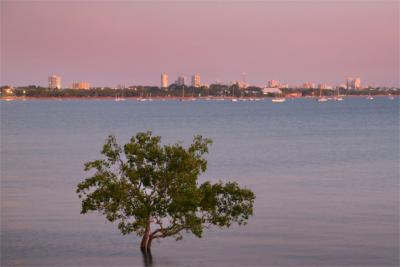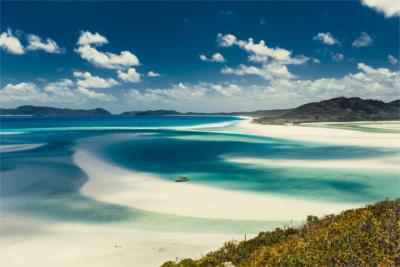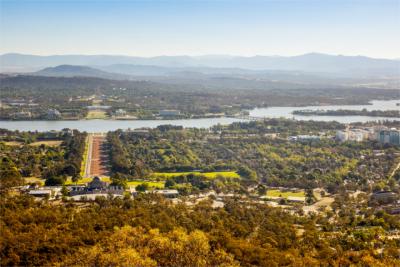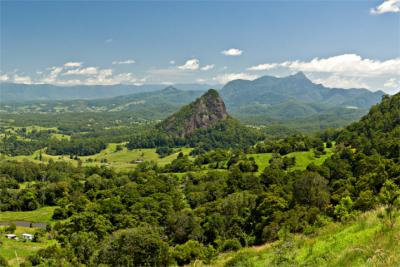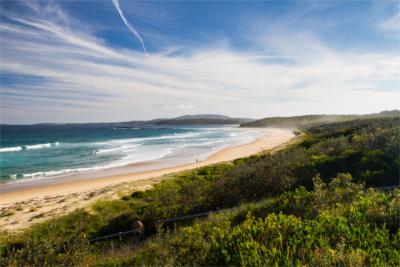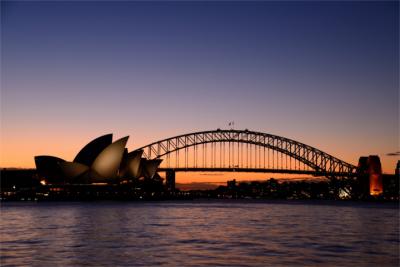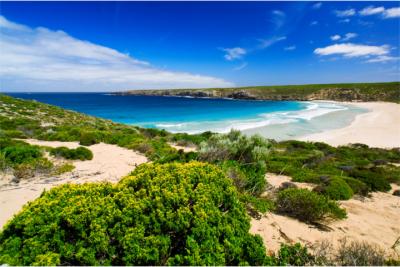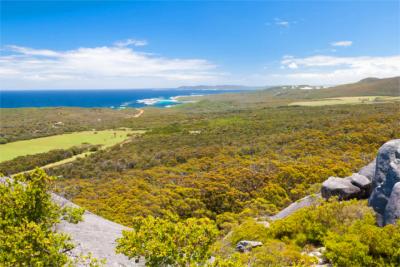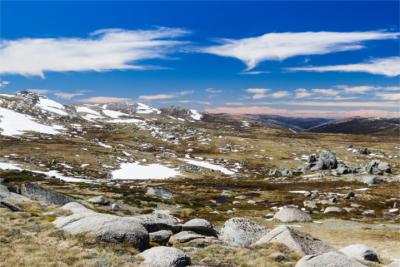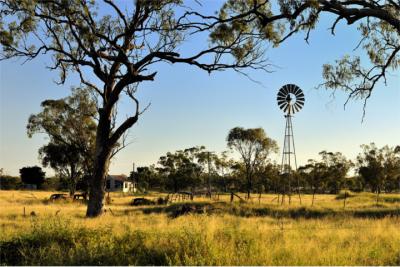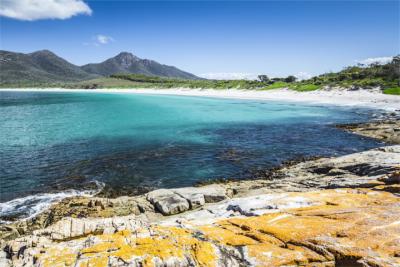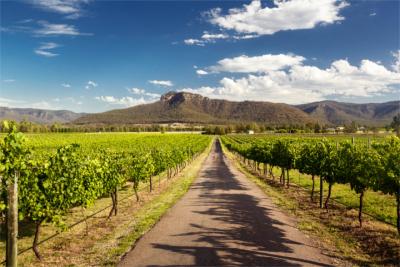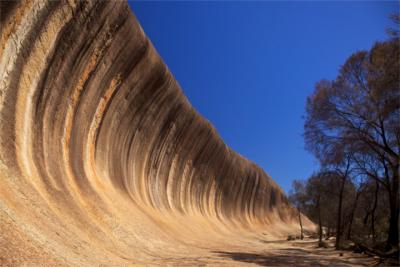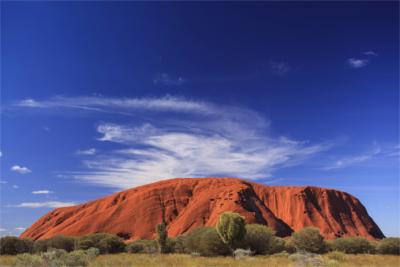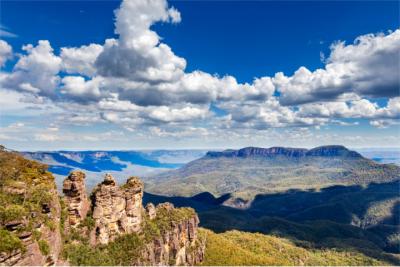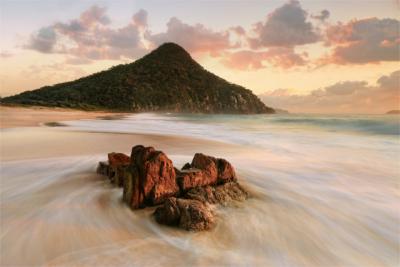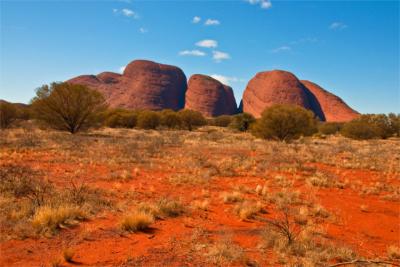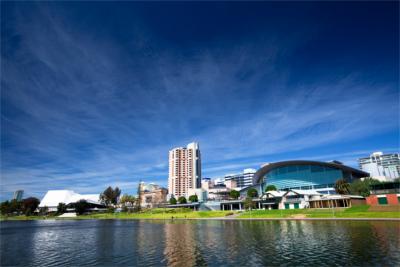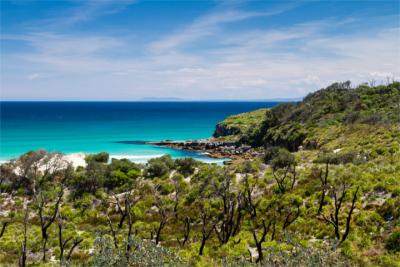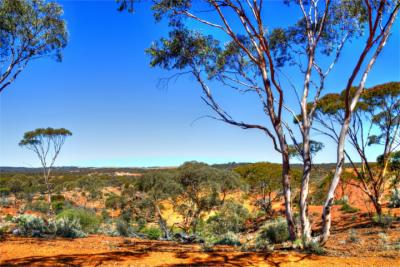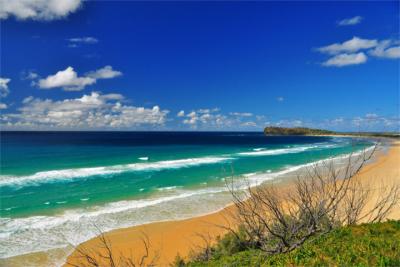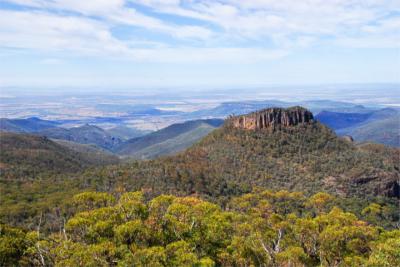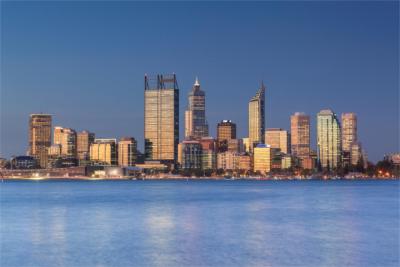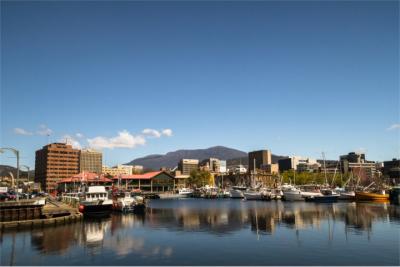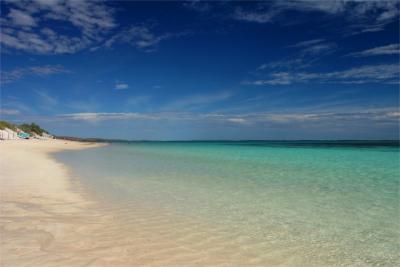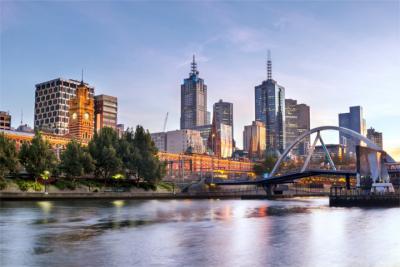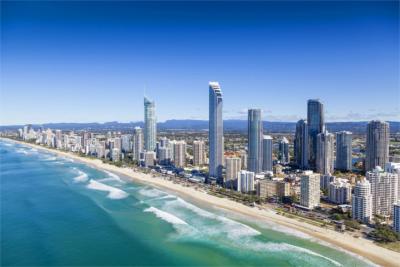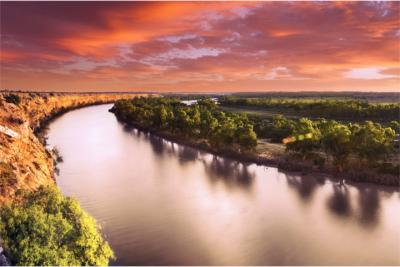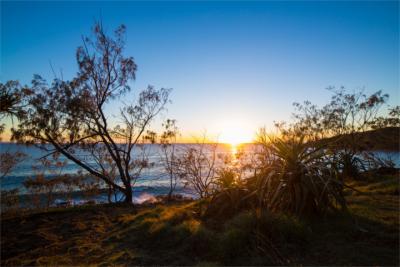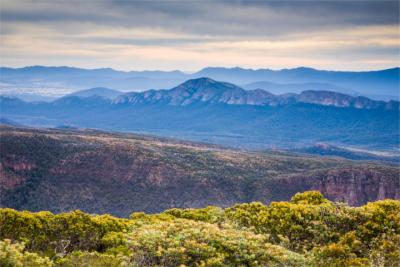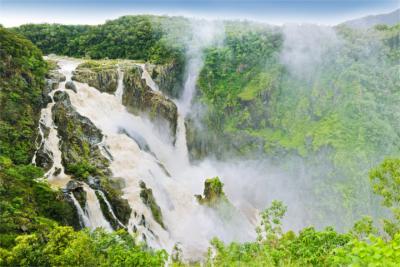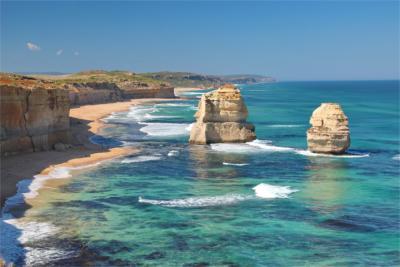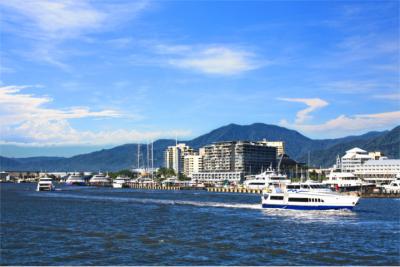Travel Offers
Travelmyne Featureprint
Distance
Northern Territory - The Wild, Deserted Hinterland
Due to its vast desert landscapes, many people consider the Northern Territory the true Australian outback. Travellers can discover impressive natural wonders in bright red surroundings here and experience the Australian fauna at first hand.
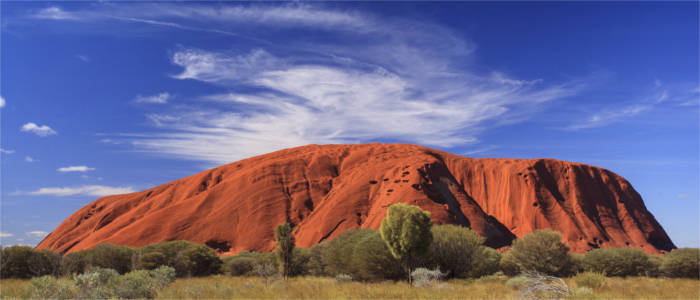
Geography - Australia's most sparsely populated state
The Northern Territory is a region in the north of Australia which does not have full statehood in contrast to the other Australian states. With an area of 1,349,129 km², the Northern Territory is the third largest Australian state as well as the most sparsely populated one with only 240,000 inhabitants (about 1 % of the country's population and 0,17 inhabitants per km²). Most of the population live in the capital of Darwin as well as in the cities of Palmerston and Alice Springs. The Northern Territory is enclosed by the states of Western Australia, South Australia and Queensland as well as by the Indian Ocean. The region is dominated by arid desert climate in the heartland and humid-hot monsoon climate at the coast. There may be heavy rainfall and cyclones in the coastal areas in summer (December to March).

Nature - Dry desert landscape and World Natural Heritage site
Although there are several monadnocks (or inselbergs) in the south of the Northern Territory, the region's landscape is relatively flat. The coast is over 1,600 kilometres long and cut-up by bays and estuaries, which alternate with sandy beaches and marshy landscapes. Near the coast, you find the Arnhem Land, Katherine Gorge in the Nitmiluk National Park and the Kakadu National Park, which has a breathtaking landscape and is part of the UNESCO World Natural Heritage. It is the country's largest national park and accommodates wonderful waterfalls and beautiful rivers like the East Alligator River and a diverse fauna with animals such as saltwater crocodiles and white-tailed eagles. Travelling towards the heartland, you see the world's greatest monolith, the Ayers Rock (Uluru), in the Uluru–Kata Tjuta National Park, which is another World Natural Heritage site. The rock is about 3.5 kilometres long and 2 kilometres wide and is particularly worth seeing at sunset, when it assumes a bright red colour. In the south, holidaymakers find the rock formation of the Kata Tjuta (also called "Mount Olga"), the formation of the Karlu Karlu (Devil's Marbles) and the MacDonnell Ranges with Mount Zeil (1,531 m), the region's highest mountain. Worthwhile desert areas in the Northern Territory are the Tanami Desert in the western centre and the Simpson Desert in the south-east.

Culture - The fascination of the native inhabitants
The Northern Territory is the place on the Australian continent which was first settled by the native inhabitants about 40,000 years ago. Since the Europeans only started building settlements in 1869, many traditions and customs of the aborigines have been preserved to the present day. With almost 30 percent, the region has the greatest ratio of aborigines in the whole of Australia. Many of the different tribes (e.g. Pitjantjatjara, Arrernte, Luritja, Warlpiri, Yolngu) live in small towns among themselves but show people their culture in the form of art objects. Travellers can also follow the traces of the aborigines in the Museum of Central Australia in Alice Springs and in the Kakadu National Park. The latter accommodates over 5,000 prehistoric rock paintings, which depict hunting scenes, religious ceremonies and legendary stories and are of prime importance to research. A great starting point for a trip to the park is the capital of Darwin. It contains the Museum and Art Gallery of the Northern Territory, in which holidaymakers can learn about the aborigines' culture.
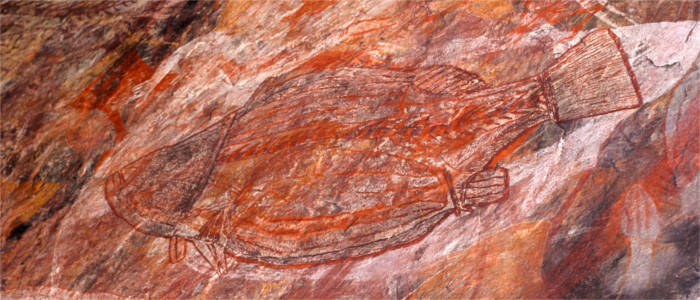
Experience - Camel rides and jumping crocodiles
Visitors can buy art, jewellery and clothes made by the aborigines on the local markets in the Northern Territory, for example in Darwin and Alice Springs. They are beautiful souvenirs and gifts for friends and family back home. You can end your day in a number of discos, bars, restaurants and casinos in bigger cities like the capital. A great way of experiencing the Australian fauna is a visit to the Alice Springs Desert Park. You can watch rare nocturnal species in special darkrooms here and marvel at kangaroos, emus, lizards, parrots, insects, snakes and other animals which populate the red continent. Travellers can discover the Australian desert on a camel ride. The four-legged animals were imported to Australia by European settlers in the 19th century and can be watched and ridden on several camel farms. In addition, you get close to the local fauna during a boat trip on the Adelaide River. Several private boatmen offer tours on the Australian river, whose main attraction are the crocodiles which live in the area. They appear when they are baited with pieces of meat on a rod. The way crocodiles jump to catch the meat ("Jumping Crocodiles") is a popular photo scene among travellers.
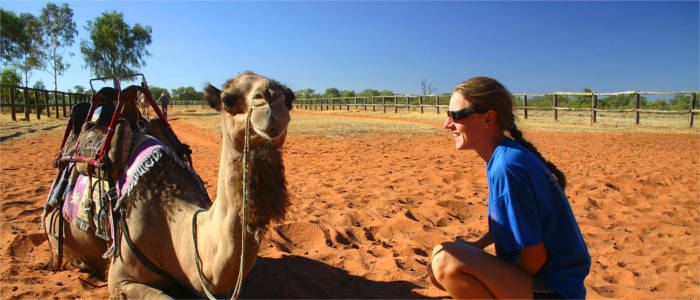
Activities - Hiking on the red continent
The coast of the Northern Territory offers great conditions for doing water sports. Idyllic beaches and bays invite visitors to go surfing, diving and sailing. In the Nitmiluk National Park (Katherine Gorge), you can go on canoe rides while the Mataranka Thermal Pools offer relaxation and recreation. Hikers and trekkers also get their money's worth in the Northern Territory. Over 50 national parks with countless hiking trails and routes such as the Uluru Base Walk constitute the perfect location for exploring the Red Centre and the tropical north on foot and take in the region's impressive nature.

Information
The best time for travelling the Northern Territory is without doubt the dry season, which is the winter (May to October), because many roads and parts of the region are flooded during the rainy season (November to April) and make it difficult for visitors to move around. In addition, there is a large number of the venomous box jelly fish in the local waters at that time. Holidaymakers need to pay attention to the warning signs. You should generally beware of the region's endemic animals, for example the snakes, because the red continent is populated by the most toxic animals on earth.
Holidays in the Northern Territory are a great choice for lovers of nature and discoverers. The tropical north and the dry south accommodate some of the world's most significant World Natural Heritage sites and present the red continent in all its glory.


